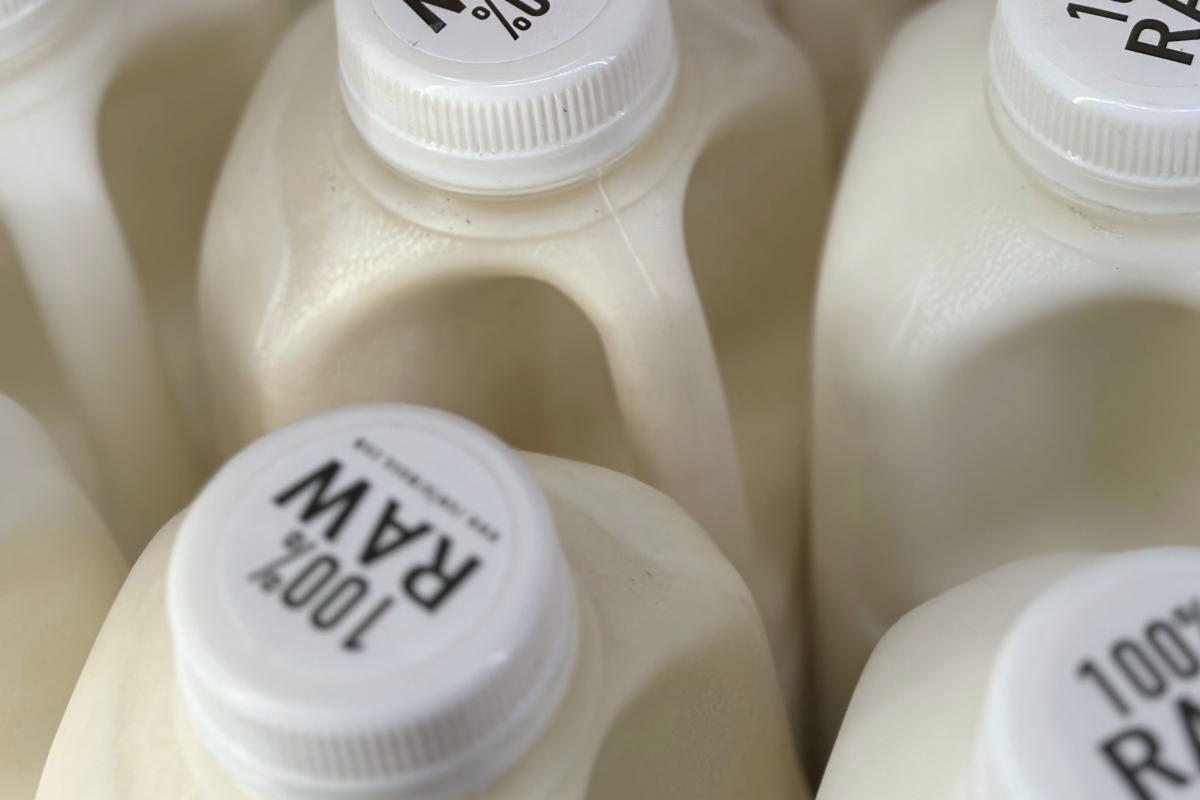Donald Trump’s broadside against America’s three largest trading partners, with whom it runs a $500bn trade deficit, should surprise no one. Since 2016, both Mr Trump and Mr Biden have departed from established norms in international trade. The two presidencies diverged significantly in approach: Mr Biden emphasised systemic reform while Mr Trump relied on rhetoric and theatrics. Although both administrations faced criticism for driving up costs through tariffs and industrial policy, global events were primarily behind rising prices.
Mr Trump’s self-declared fondness for tariffs is closely tied to his ability to authorise them unilaterally, bypassing Congress under claims of national security. This may explain his recent announcement of plans to impose 25% tariffs on all goods from Canada and Mexico, and an additional 10% on Chinese imports, unless these countries address alleged issues of illegal immigration and fentanyl smuggling. The US president-elect clearly sees tariffs as more than mere policies; they are a calculated means of gaining leverage. By threatening to impose them, Mr Trump is signalling a desire to negotiate – but only on his terms.
Mr Trump’s trade tactics reshaped relations with Mexico and Canada, setting the stage for a 2026 review of the 2019 agreement he secured with the US’s neighbours. However, his approach faltered with China. Despite the first Trump administration imposing $112bn in tariffs and threatening to levy $500bn more, Beijing negotiated a 2020 trade deal but did not, after Covid, meet its commitments, leaving Mr Biden to continue the confrontation.
Trade involves sacrifices to achieve gains. Cheaper consumer goods might lead to fewer domestic jobs or lower wages in certain industries. Increased imports can mean a reduction in local manufacturing. Running a trade deficit is not necessarily harmful, but it requires an activist policy to ensure that the pain is not geographically concentrated. For decades, the neoliberal economic order championed a vision of a borderless world, where goods and services flowed freely with minimal barriers. This ideal dominated global trade policy and corporate strategy, rendering “protectionism” taboo in mainstream debate. However, since the global financial crash, scepticism about globalisation has steadily grown.
An increasing focus on justice, sustainability and better working conditions has reshaped trade priorities worldwide. There has also been a growing shift toward producing goods closer to home, either through increased domestic manufacturing or by developing nearby supply chains. However, wealthy nations, led by the US, have consistently resisted granting poorer countries the flexibility to modernise, while claiming exceptions to rules they enforce on others. During the pandemic, the US prioritised its pharmaceutical industry profits over global vaccine access, blocking life-saving doses for developing countries.
Globalisation’s decline began long before Mr Trump, with his protectionist policies reflecting rather than driving this shift. The retreat from globalisation will probably continue, fuelled by geopolitical tensions, post-pandemic supply chain restructuring, and rising demands for equitable trade. Mr Trump’s policies, however, will make an uncertain world even more volatile. His suspicion of win-win deals will make it harder for policymakers around the world who seek to balance their national interests with the need for global cooperation.

 German (DE)
German (DE)  English (US)
English (US)  Spanish (ES)
Spanish (ES)  French (FR)
French (FR)  Hindi (IN)
Hindi (IN)  Italian (IT)
Italian (IT)  Russian (RU)
Russian (RU)  3 hours ago
3 hours ago
























Comments